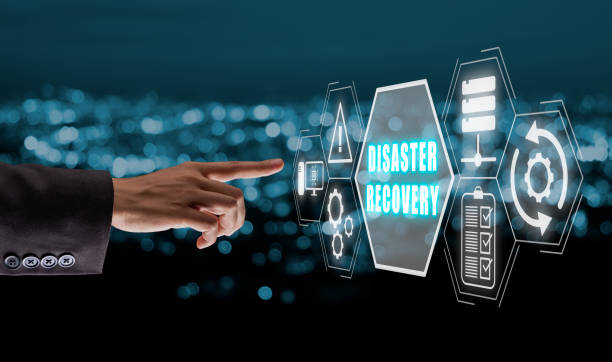Introduction
In today’s rapidly evolving business landscape, organizations face an array of challenges that threaten their continuity and stability. From natural disasters to cyberattacks and pandemics, the potential for disruption looms large. In response, businesses must prioritize robust strategies for business continuity and disaster recovery (BCDR) to safeguard their operations, mitigate risks, and ensure resilience in the face of adversity.
The Importance of Business Continuity and Disaster Recovery
Business continuity and disaster recovery planning are essential components of any comprehensive risk management strategy. They involve the development and implementation of proactive measures to anticipate and mitigate potential threats, as well as strategies for rapid response and recovery in the event of an incident.
In today’s interconnected digital landscape, the impact of disruptions can be far-reaching and profound. A single cyberattack or natural disaster has the potential to disrupt operations, compromise data security, and inflict significant financial and reputational damage. As such, organizations must adopt a proactive approach to BCDR to protect their assets, maintain customer trust, and sustain operations during times of crisis.
Strategies for Business Continuity and Disaster Recovery
Effective business continuity and disaster recovery planning require a comprehensive understanding of potential risks and vulnerabilities, as well as the development of tailored strategies to address them. Key components of BCDR planning include:
- Risk Assessment: Conducting a thorough assessment of potential risks and vulnerabilities, including natural disasters, cyber threats, supply chain disruptions, and other potential sources of disruption.
- Business Impact Analysis: Evaluating the potential impact of disruptions on critical business processes, systems, and operations to prioritize recovery efforts and allocate resources effectively.
- Development of Response and Recovery Plans: Developing detailed response and recovery plans outlining roles, responsibilities, and procedures for addressing various types of incidents and minimizing downtime.
- Testing and Training: Regularly testing BCDR plans through simulations and drills to identify weaknesses, validate procedures, and ensure readiness to respond effectively in a crisis. Additionally, providing ongoing training and awareness programs to ensure that employees are prepared to execute their roles during an emergency.
- Continuous Improvement: Establishing a culture of continuous improvement by regularly reviewing and updating BCDR plans in response to changing threats, technologies, and business requirements.
Conclusion
In today’s volatile and unpredictable business environment, the ability to effectively manage and mitigate risks is paramount. Business continuity and disaster recovery planning provide organizations with the tools and strategies necessary to anticipate, respond to, and recover from disruptions effectively. By prioritizing resilience and preparedness, businesses can minimize the impact of unforeseen events, protect their assets and reputation, and maintain continuity of operations in the face of adversity.

